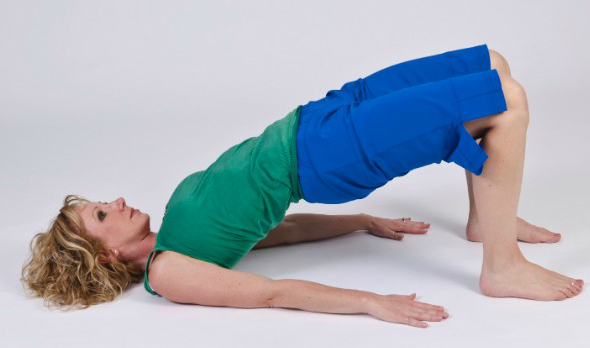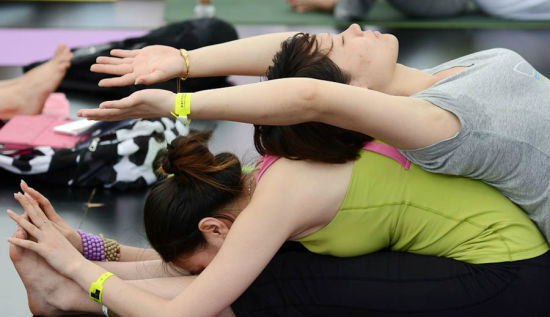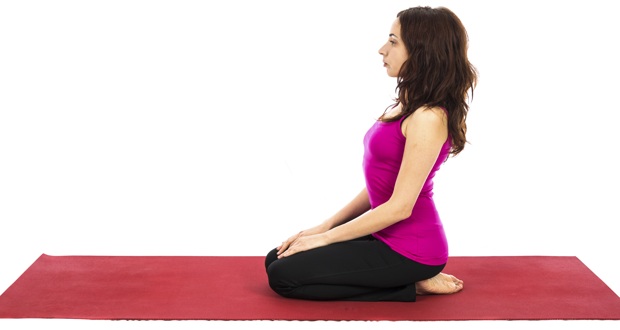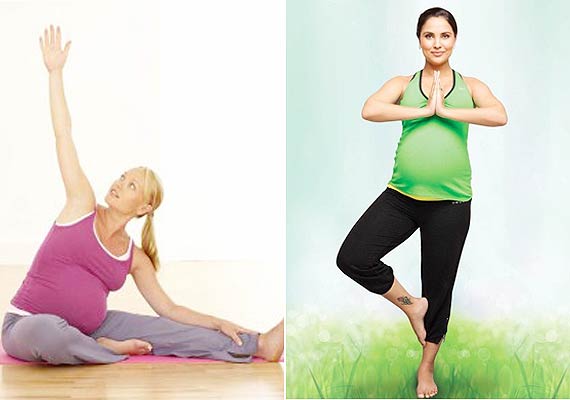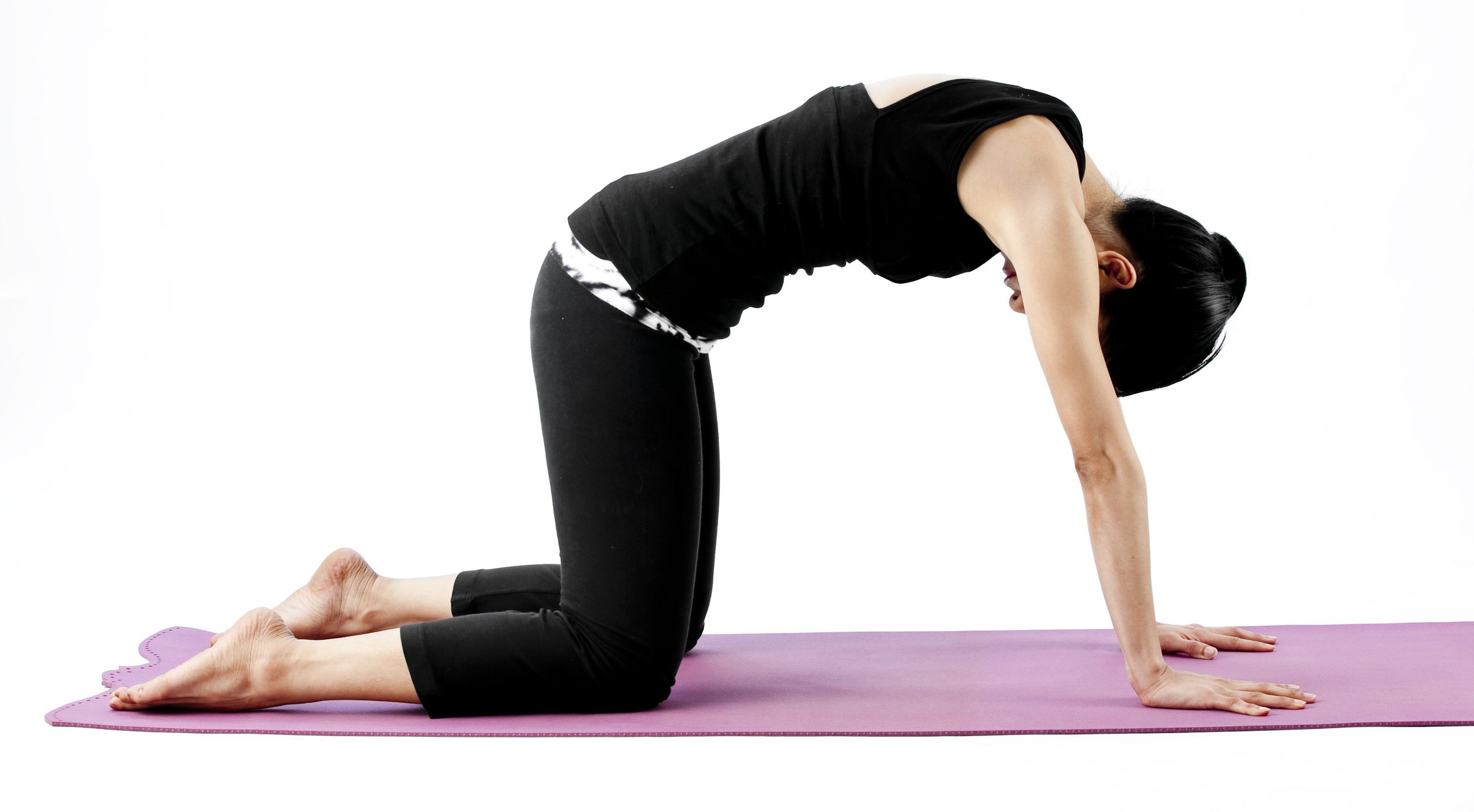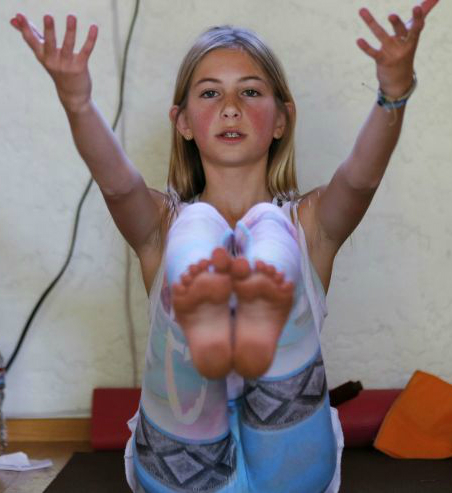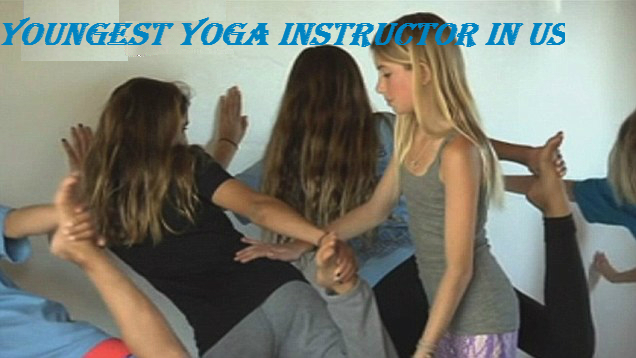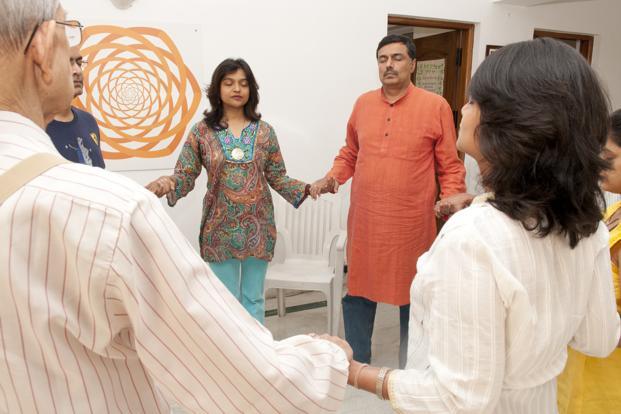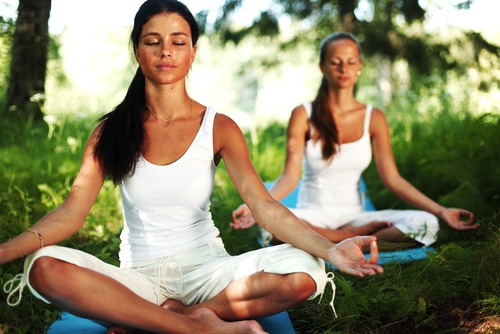If you’re a runner, you’ve probably been told you “should do yoga.”
While generic yoga classes can help with recovery, one of the best ways runners can use yoga is by applying it specifically to correct and prevent chronic issues, such as achilles tendonitis, plantar fasciitis, IT band syndrome, knee discomfort, quad strains and hip pain.
Ask a runner about their past or present physical complaints and you can expect to hear about one or more of these conditions. So what’s behind these ongoing problems?
Consider this: Running is a symmetrical activity and human beings aren’t symmetrical. We all have a dominant side. Which side of your hips is your weight resting on as you read this? How about when you drive your car? Or sit on your couch?
Consequently, spending hours doing a symmetrical activity without awareness of your asymmetrical tendencies can wreak havoc on weight distribution and muscle firing patterns, resulting in compensations that feed all the issues listed above.
Most runners’ issues are due to an inability to transfer their center of gravity out of their dominant side,” said Mike Cantrell, president of the Cantrell Center for Physical Therapy and Sports Medicine in Warner Robins, Georgia, and a faculty member at the Postural Restoration Institute in Lincoln, Nebraska.
Lack of acknowledging the problem causes “a cascade of mechanical breakdown, particularly in elite runners.”
Here are three yoga-based moves I use with running athletes to help them address compensations. These can be integrated into overall training programs or used as part of a dynamic warm-up.
Step-forward and step-back lunges
From standing, inhale and raise your arms as you step forward with your right leg into a lunge. Exhale to hold. Inhale as you step back to standing and lower your arms. Repeat on the left side the same way. Once back to center, repeat on both legs, but exhale as you raise your arms and step forward, inhale on the hold and exhale to return back to standing.
Next, switch to step-back lunges, incorporating the same breathing pattern; begin stepping back on the inhalation and do the second set stepping back on the exhalation.
While practicing these, avoid rolling your forward foot inward or to the outer edge, and maintain knee alignment above the ankle. Be sure both hips point forward and your back-leg-glute area fires. Pay attention to your breath and core stabilization. If your pelvis and diaphragm function properly, you should be able to stabilize and absorb the shock of stepping backward or forward on either side, regardless of phase of breath.
Flowing bridge
Begin on your back with your knees bent and feet on the floor hip-distance apart. Be sure your feet are pointed forward and aligned horizontally. Your knees/feet indicate hip position, so a forward knee/foot means your hip on that side is pushed forward. Position yourself to place your hips, knees and feet in alignment. Exhale and lift your hips. Inhale and release to the floor. Repeat 8-12 times.
Pay attention to weight distribution in your feet and whether your hips lift evenly; you shouldn’t rely on one side more.
Like the lunges, this move allows you to establish awareness and work to correct favoring one side of your body while also counterbalancing quad and hip-flexor dominance with proper hamstring and glute firing.
Windshield wipers
Start in a bridge position, but place your arms out to the sides and feet wider than hip distance with knees dropped inward. Exhale and allow both knees and legs to drop to the right, coming as close to the floor as comfortable without pain. Inhale and bring the knees together again. Exhale and take the knees left. Repeat 10 times (five each side).
This move stretches and inhibits runners’ overactive hip flexors and quads.
Source: cnn


